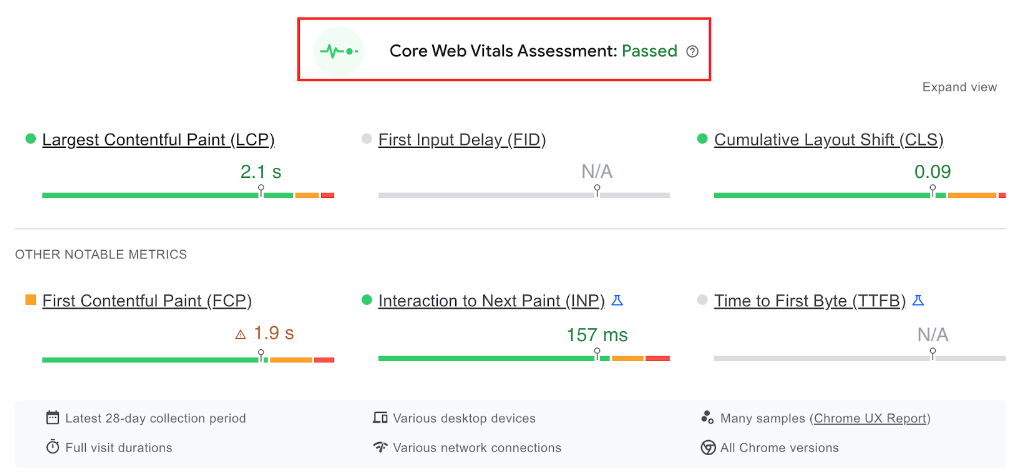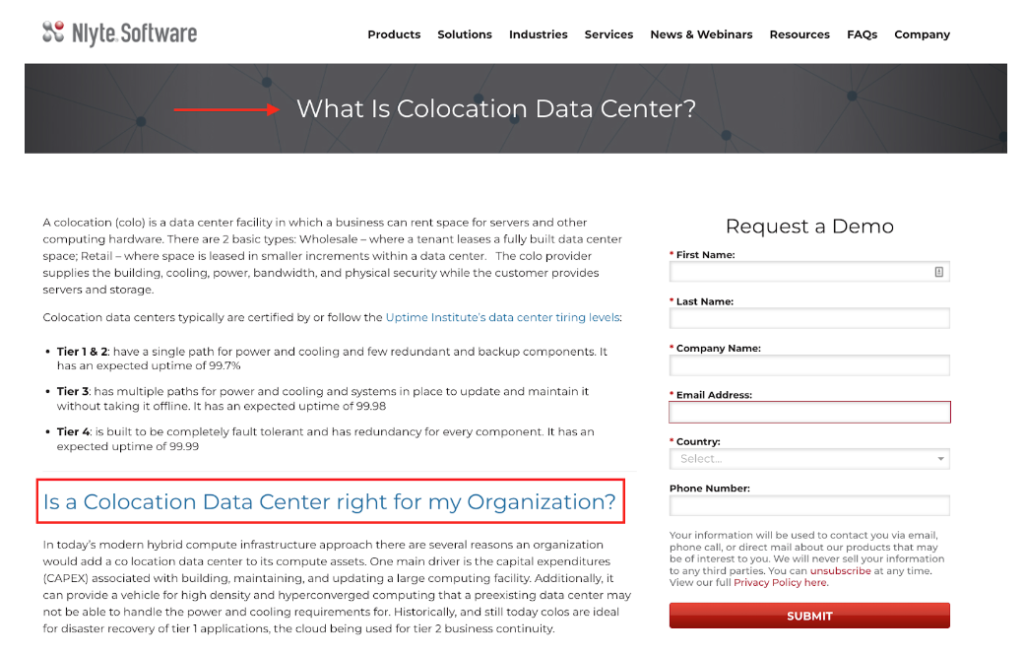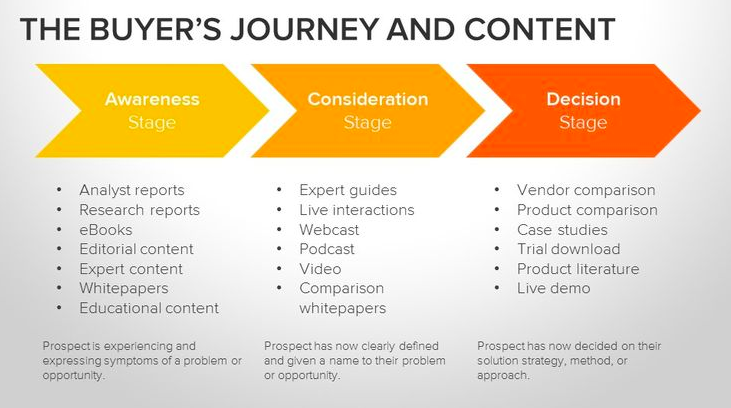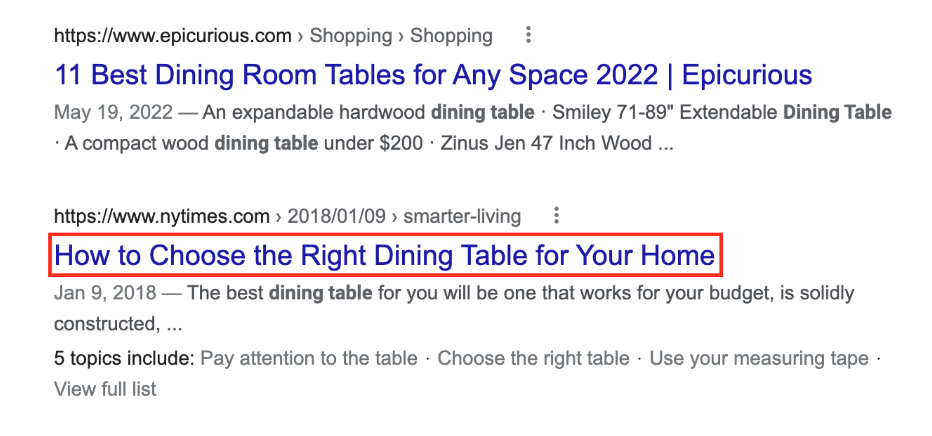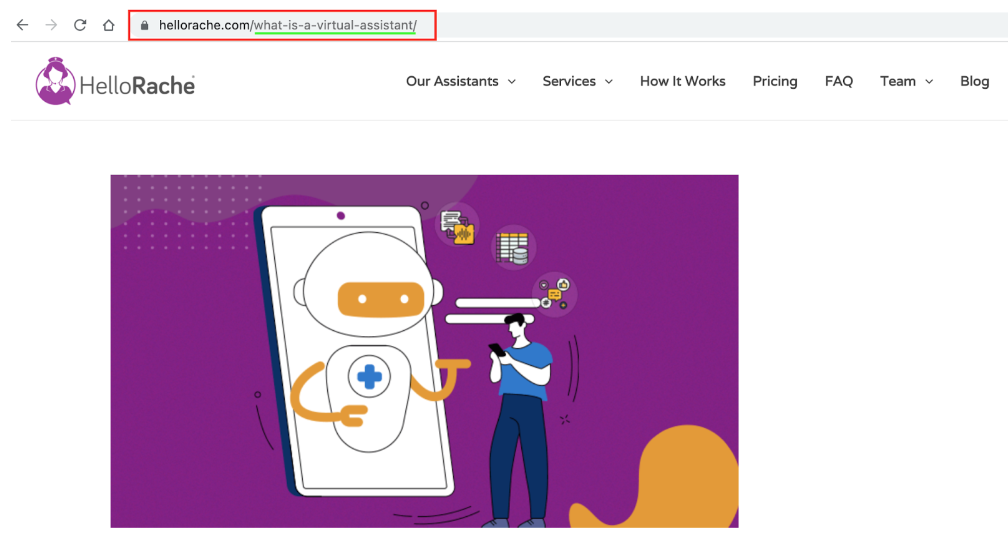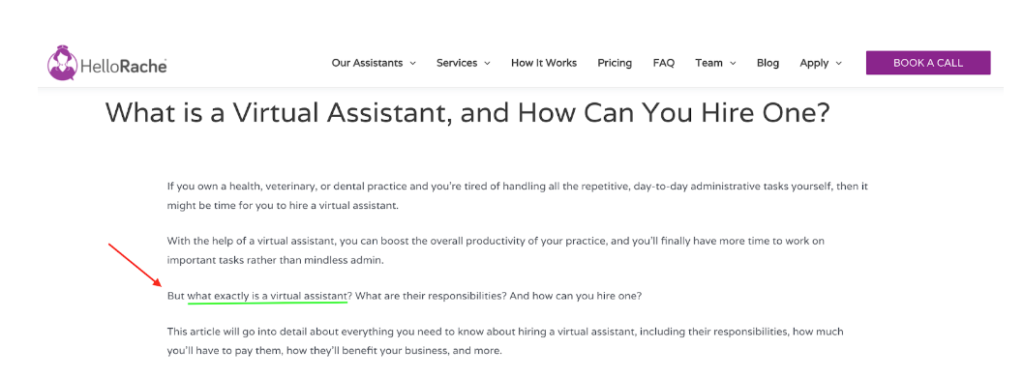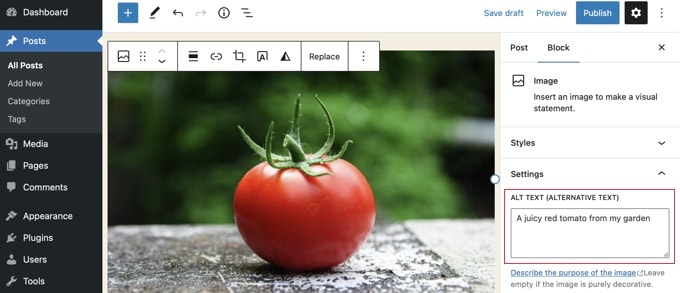6 SEO Strategy Tips For Better Rankings in 2023
A comprehensive SEO strategy is the key to building a significant online presence for any business. The problem? Search engine optimization (SEO) is a powerful medium that […]
A comprehensive SEO strategy is the key to building a significant online presence for any business. The problem? Search engine optimization (SEO) is a powerful medium that most companies underestimate. In fact, startups spend more than half of the money they raise on paid ads instead of focusing on organic search efforts.
But people hate ads. And 93% of online experiences start with an organic search. That means most people run to Google to help find what they are looking for. And let’s face it, they aren’t clicking on the ads.If you aren’t ranking at the top of those organic searches, you’re missing out on a big piece of the pie that could help grow your business.
In this guide, we’ll share six SEO strategy tips to drive business growth in 2023 and beyond.
Let’s dive in.
1. Enhance Website Speed and Usability
Before focusing on the nitty gritty of creating content and building links, it’s crucial to make sure your website is fast and easy to use.
After all, what’s the point of spending money, time, and energy on driving visitors to your website if it can’t handle the traffic you are generating? Or worse, providing a horrible experience that causes visitors to bounce immediately and lose trust in your brand?
When it comes down to it, if your site is slow to load, your visitors will leave your page in search of a faster answer. This action sends a negative signal to search engines, which can seriously impact rankings. Further, if your site has poor usability, like hard-to-navigate menus, or doesn’t scale properly on mobile devices, you guessed it, another negative signal.
Your website should load in three seconds or less on any given device. That’s the sweet spot.
Use Google’s PageSpeed Insights tool to test the current speed of your page. If your page is slow too load, Google will offer helpful suggestions to improve the performance.
For usability, focus on adding a search box to your website, so it’s easy for users to find what they are looking for. You can also create collapsible menus for display on mobile devices to clean up the look and feel of your site.
2. Zero in on Keyword Research
If you build it, they’ll come. Right?
Wrong. The internet is a black hole of information. And once you hit publish on your blog post, it enters into the deep abyss.
So how do you get your content to see the light of day? It all comes down to choosing the right keywords. What are users really searching for? That’s where you need to focus your attention.
Finding proper keywords that both relate to your product or service and align with what your audience is searching for is the bread and butter of a successful SEO strategy.
Take Nlyte, a company focusing on data management and infrastructure solutions, as an example. They do an excellent job creating simple FAQ pages that target competitive keywords such as “colocation data center” or “data center infrastructure” to provide value for the audience searching for more information about these terms.
Let’s look at some numbers to drive this concept home. One targeted keyword generates almost $10,000 worth of traffic value to their website.
What does that mean? $10,000 is the estimated monthly cost it’d take to generate the same amount of traffic using a paid search for that single keyword.
The takeaway? Writing helpful content around the proper keywords that resonate with your target audience is a surefire way to boost organic traffic for a fraction of the price of paid ads. It’s a no-brainer.
Use a Keyword Research Tool
Thankfully, there are plenty of SEO tools like Search Atlas that help you streamline keyword research and identify high search volumes. But you don’t always want to target the most competitive keywords.
The secret sauce is finding the less competitive long-tail keywords that still have decent search volume. For example, the generic keyword “garden tools” has a keyword difficulty of 45 with 61,000 monthly searches, according to Search Atlas. The more specific keyword “garden tools names” has a much lower keyword difficulty of 10 with 4,000 monthly searches.
Of course, the monthly search volume is much lower for “garden tools names,” but you’ll have an easier time ranking for this keyword and can quickly drive traffic to your site.
Rinse and repeat this process and watch the organic traffic come flooding in.
3. Align Content with Buyer’s Journey
Now that you have followed my SEO strategy tip of choosing fresh, hot keywords, it’s time to pump out the content.
As we mentioned, you can’t just build a few pages and expect to drive 100,000 qualified leads to your website every month.
People must be able to discover your website by searching for relevant keywords across all of the stages of their buying journey. To make that happen, you must publish high-quality content with relevant keywords for each step of the journey.
Suppose you are a fintech startup that provides a debit card for teens. You want your brand to appear as the first result in Google when parents start the search for banking options for their kids and also when teenagers decide to sign up for a debit card.
Here are some examples of content that you could publish to align with each stage of the buyer’s journey:
- Awareness: A research report on how teenagers spend their money
- Consideration: An expert guide about the pros and cons of debit cards for teens
- Decision: A comparison post about your teen debit card features vs. those of your main competitor
Create and publish 5–10 pieces of high-quality content each month for the best results. If this doesn’t sound possible, try using a blog idea generator or other AI-based writing tools to help speed up the process.
Note that AI tools aren’t meant to replace writers completely. They do, however, speed up your workflows, help pull in topical relevance, and allow you to focus time on other critical growth areas.
4. Differentiate your Content in Search Results
Over 2.5 billion blog posts are published every year. And everyone is trying to land a spot on the first page of Google.
That’s why it’s more important than ever to differentiate your content in search results to drive better results.
If everyone is writing posts about the “XX Best Dining Tables,” simply creating another “XX Best Dining Tables” piece won’t help you stand out or rank well in search results.
Creating a rehashed version of what already exists is no longer the best way forward. Instead, focus on the topic vs. angle approach.
In this case, the topic is dining tables. The angle is the differentiator that helps you stand out from the crowd, rank higher on search engine results pages, and drive higher click-through rates.
Find a unique angle that puts you on the radar and encourages clicks:
- 2023 product comparison
- Beginner’s guide on how to choose the right dining table for your home
- Compare genuine customer reviews
- Interview interior design experts and rank the top dining tables based on your data
The key is to avoid restating what already exists online by adding new value to the topic from a different angle.
5. Prioritize On-Page SEO
Once you have content ready for publishing, you can start thinking about on-page factors that’ll play a contributing factor.
These include the URL, the title of your post or page, the meta description (a blurb describing what a page is about that appears under the link in search results), and image alt text.
On-page optimization can help search engine crawlers better understand your content and enhance the user experience. When people spend more time on your site, it increases their chances of converting into a customer.
URL String
Make sure to include your long-tail keyword in the URL string. For example, if you are writing a post about “what is a virtual receptionist” your URL should look like this:
Keywords
When you write the introduction of your content, try to use the keyword you are targeting naturally. This will help search engines understand your article and reassure readers that they clicked on the correct link.
You can also use an optimization tool like the SEO Content Assistant. These tools are easy to use and can help improve the quality and relevance of your content for a given keyword and maximize the impact.
Image Alt Text
Adding alt text to your images is an easy way to tell search engines and screen readers more information. If you don’t include them, your images may not be crawled or understood by search engines.
Use simple phrases that describe the picture. Also, don’t stuff keywords in your alt text.
Internal Links
Internal links help search engines identify and organize your site’s content, connect related pages, and spread link authority.
External links can provide you with authority and credibility. Internal links help you distribute that authority across your site and create an interconnected web of content. They also give users helpful information and let search engines know how your web pages are connected.
Follow these simple steps for a results-driven internal linking strategy:
- Scour pages on your site with quality backlinks (the most link juice) and create an internal link back to lower authority pages with relevance.
- Focus on building internal links to pillar posts and hub pages.
- Make sure all links are only three clicks away from the homepage.
Internal links are the workhorses that ensure that your site stays organized. Without proper internal links, Google has difficulty figuring out what page goes with what keyword and what pages on your website are related.
6. Invest in Link Building and Digital PR
Link building is a crucial component of ranking well on search engines. Links from other websites (external links) can signal to Google that your content is trustworthy and helpful to readers.
For example, as a travel startup, getting a mention from Travel and Leisure’s blog would be a reason to celebrate. But why?
Travel and Leisure is:
- A company that’s highly relevant to the travel industry
- The website has a high authority (recognizable brand that’s been around for a long time with lots of content and links )
When you gain an external link from sources like these, the site’s authority gets passed back to you.
With a few high-quality links from reputable sources, you can start to move the needle and improve your organic rankings. But it’s easier said than done, from guest posting to conducting studies or writing yearly reports to helping a reporter out (HARO).
All these tactics are tedious and time-consuming. If you don’t think you have the time or resources to pull this off, consider investing in link building services that can speed up the process and guarantee results. You won’t regret it.
Conclusion
Building a solid SEO strategy isn’t difficult, but it’s not easy either.
It requires maximum effort, consistent content creation, and ongoing tweaks.
But if you want to succeed online, don’t wait to follow these SEO strategy tips. The longer you wait, the harder it becomes to rank and the longer it’ll take to see results. And you are opening the door for competitors to gain an advantage.
Start by familiarizing yourself with what your ideal customers are searching for and how to add value to their buyer’s journey. And then create, optimize, and distribute that content to improve your rankings.
And finally, this is your sign to invest in targeted PR and link building efforts so you can sit back, relax and watch the traffic on your site continue to climb.
About the Author: Guillaume is a digital marketer focused on handling the outreach strategy at uSERP and content management at Wordable. Outside of work, he enjoys his expat life in sunny Mexico, reading books, wandering around and catching the latest shows on TV.











































































